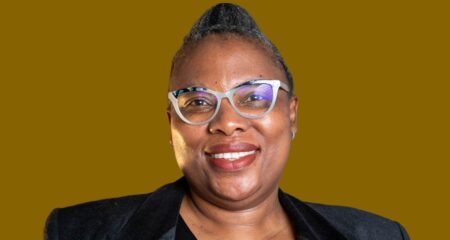
Broadband connectivity for all South Africans is one of government’s key objectives.
The SA Connect policy, formulated in 2013, set a target of 2020 for 90% of the population to be connected with speeds of 5Mbit/s and 50% of the population at 100Mbit/s. One hundred percent of schools should have been connected at 10Mbit/s.
It’s clear that much work still needs to be done.
The question is, how does the country ensure that no citizen is left behind without access to fast and reliable Internet?
The World Bank has said this about broadband access:
“Broadband Internet access is not a luxury but a necessity for economic and human development in both developed and developing countries. It is a powerful tool for the delivery of essential services such as education and healthcare, offers increased opportunities for women’s empowerment and environmental sustainability, and contributes to enhanced government transparency and accountability. It also helps foster the social development of communities, including within the broader global context.”
So, broadband connectivity is no longer a luxury; it’s become one of the critical enablers to economic activity and a basic need for all citizens.
There is no “one size fits all” solution, however, to getting everyone connected.
One way to address the broadband divide lies in deploying a combination of technologies with flexible spectrum management methods to cover even the most rural parts of South Africa. And one such method is something called dynamic spectrum access. This is a regulatory tool to encourage efficient and effective spectrum sharing to achieve inclusive broadband access as well as a technical instrument to make it happen.
Framework
In recent years, communications regulator Icasa, together with its research partners, conducted extensive research and developed a framework for the deployment of television white spaces (TVWS) technology, which uses the gaps between channels (the “snow” you see when tuning an analogue TV) to provide Internet access. Icasa published TVWS regulations in March 2018, initiating the process to the deployment of such networks.
In 2021, Icasa certified the first secondary database provider, meaning interested parties could begin deploying networks using TVWS technology.
This is the first phase of finding innovative spectrum-sharing techniques in deploying dynamic spectrum access methods. It addresses not only rural broadband connectivity issues but also “artificial spectrum scarcity”, and encourages spectrum sharing. The regulatory framework and technology have proven to work with the promulgation of TVWS regulations and the certification of database providers.
Since the promulgation of the regulations and the certification of the secondary database provider, a few networks have started emerging in several parts of the country, though on a relatively small scale for now. We need more of these community networks as they provide opportunities for rural broadband connectivity. They boost digital skills in rural communities and will help grow the rural economy.

The Covid-19 pandemic has fast-tracked the need to make “broadband for all” a reality in South Africa. We therefore need creative and innovative ideas and we need to encourage collaboration to take dynamic spectrum access to the next level, and beyond only TVWS.
Investigating and investing more in dynamic spectrum sharing methods in other bands outside the TVWS bands can benefit South Africa.
We can only change the status quo if we encourage collaboration and more research and development in the field of dynamic spectrum access and encourage innovative ways of spectrum sharing. The uniqueness of our country — the history of apartheid, the levels of inequality and unemployment, and the limited digital skills — requires that we all work together, using all available technologies, modern regulatory approaches and spectrum management reforms, to bring all citizens aboard. If we don’t, we will have missed an opportunity to correct the past.
- Yolisa Kedama is a councillor at Icasa




